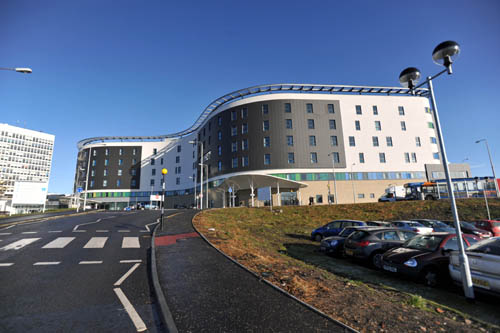
Health Protection Scotland’s Point Prevalence Survey, which involved 13,558 patients, 844 wards and 75 hospitals, records a snap shot of all types of infections on the day of the survey.
The report highlights that prevalence of healthcare associated infections was 4.9% in acute hospitals and 2.5% in non-acute hospitals – a significant reduction on 2006 levels.
The study was carried out using a method agreed with the European Centre for Disease Prevention and Control and, when the European report is published later in the year, will allow for robust comparisons to other countries for the first time. Data from pilot studies across Europe indicate a mean prevalence of 7.1%.
The quarterly infection monitoring by Health Protection Scotland, also published today, shows that the number of C.diff cases is at its lowest ever, and MRSA is at the second lowest.
Health Secretary Nicola Sturgeon said: “It’s good to see that the national programme of targeted interventions has had such a positive impact. This has been challenging and those involved in this work to reduce infections are to be congratulated on their efforts.
“I have made tackling hospital infections a top priority as I want to make sure that people going to Scottish hospitals for treatment know they will receive the best care possible.
“Today’s reports highlight just how far we have come – the overall level of infections has reduced by one third since 2006 and cases of some types of infection which cause particular concern, such as C.diff and MRSA blood stream infections, have fallen by over 75%.
“This is good news but I am in no doubt that there is still more that can be done as we strive to embed quality in all aspects of patient care in Scotland. This is a substantial report and so I have asked the HAI Task Force National Advisory Group to consider the report’s findings and to provide advice on its implications for future HAI policy and priorities.”

